Seonghoon Kim
Demo: A Transparent Antenna System for In-Building Networks
May 19, 2022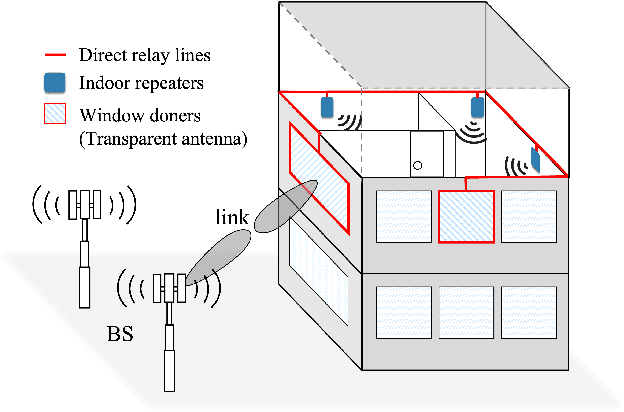
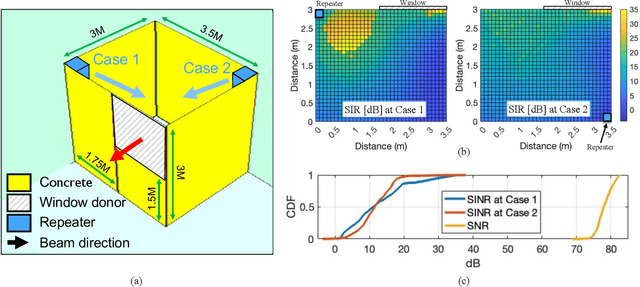
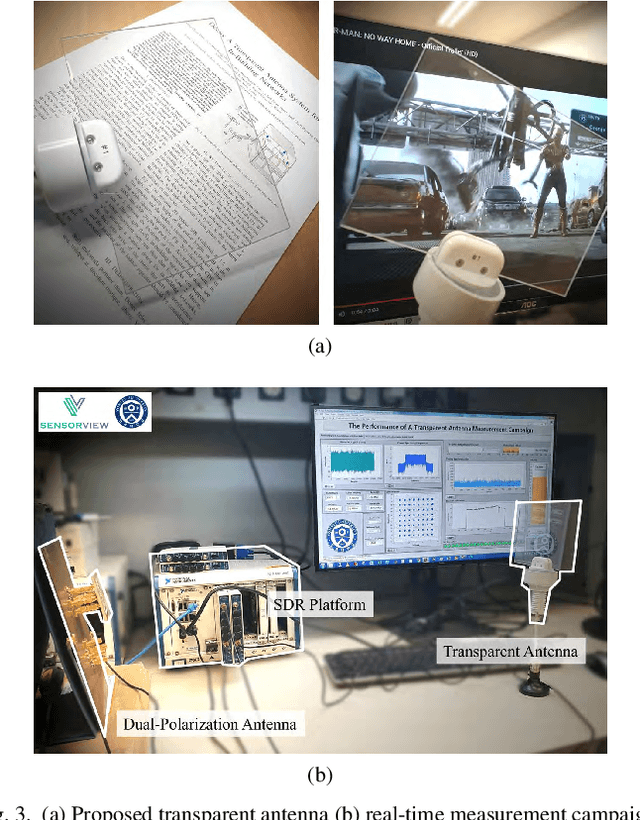
Abstract:For in-building networks, the potential of transparent antennas, which are used as windows of a building, is presented in this paper. In this scenario, a transparent window antenna communicates with outdoor devices or base stations, and the indoor repeaters act as relay stations of the transparent window antenna for indoor devices. At indoor, back lobe waves of the transparent window antenna are defined as interference to in-building networks. Hence, we analyze different SIR and SINR results according to the location of an indoor repeater through 3D ray tracing system-level simulation. Furthermore, a link-level simulation through a full-duplex software-defined radio platform with the fabricated transparent antenna is presented to examine the feasibility of the transparent antenna.
LightMove: A Lightweight Next-POI Recommendation for Taxicab Rooftop Advertising
Aug 18, 2021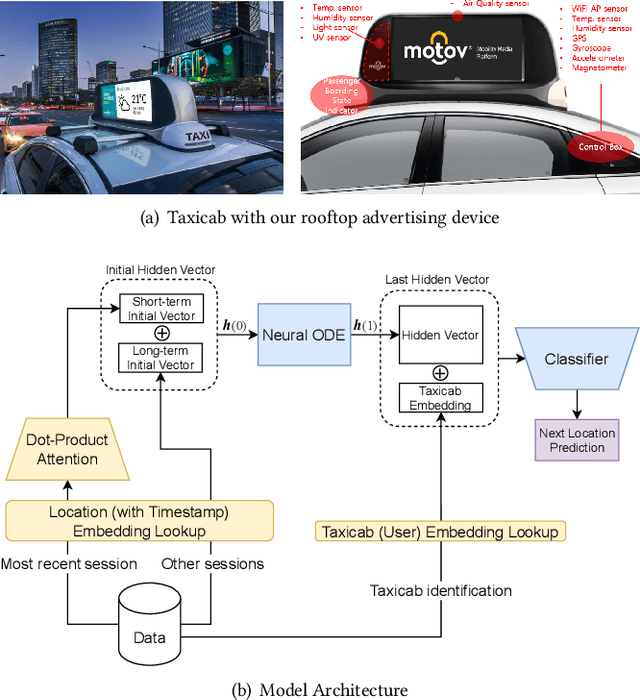

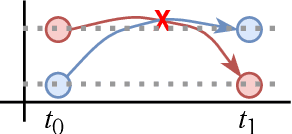
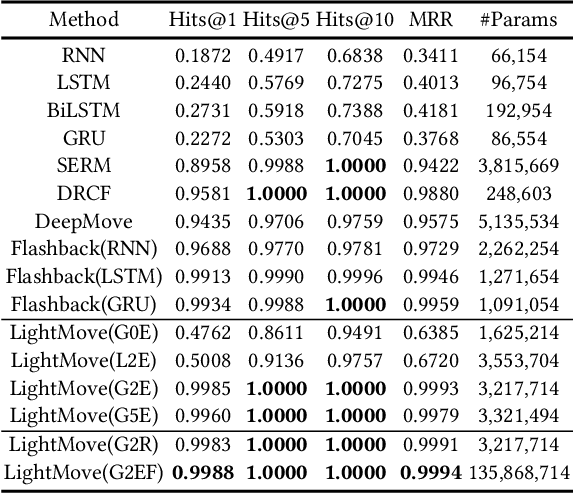
Abstract:Mobile digital billboards are an effective way to augment brand-awareness. Among various such mobile billboards, taxicab rooftop devices are emerging in the market as a brand new media. Motov is a leading company in South Korea in the taxicab rooftop advertising market. In this work, we present a lightweight yet accurate deep learning-based method to predict taxicabs' next locations to better prepare for targeted advertising based on demographic information of locations. Considering the fact that next POI recommendation datasets are frequently sparse, we design our presented model based on neural ordinary differential equations (NODEs), which are known to be robust to sparse/incorrect input, with several enhancements. Our model, which we call LightMove, has a larger prediction accuracy, a smaller number of parameters, and/or a smaller training/inference time, when evaluating with various datasets, in comparison with state-of-the-art models.
 Add to Chrome
Add to Chrome Add to Firefox
Add to Firefox Add to Edge
Add to Edge